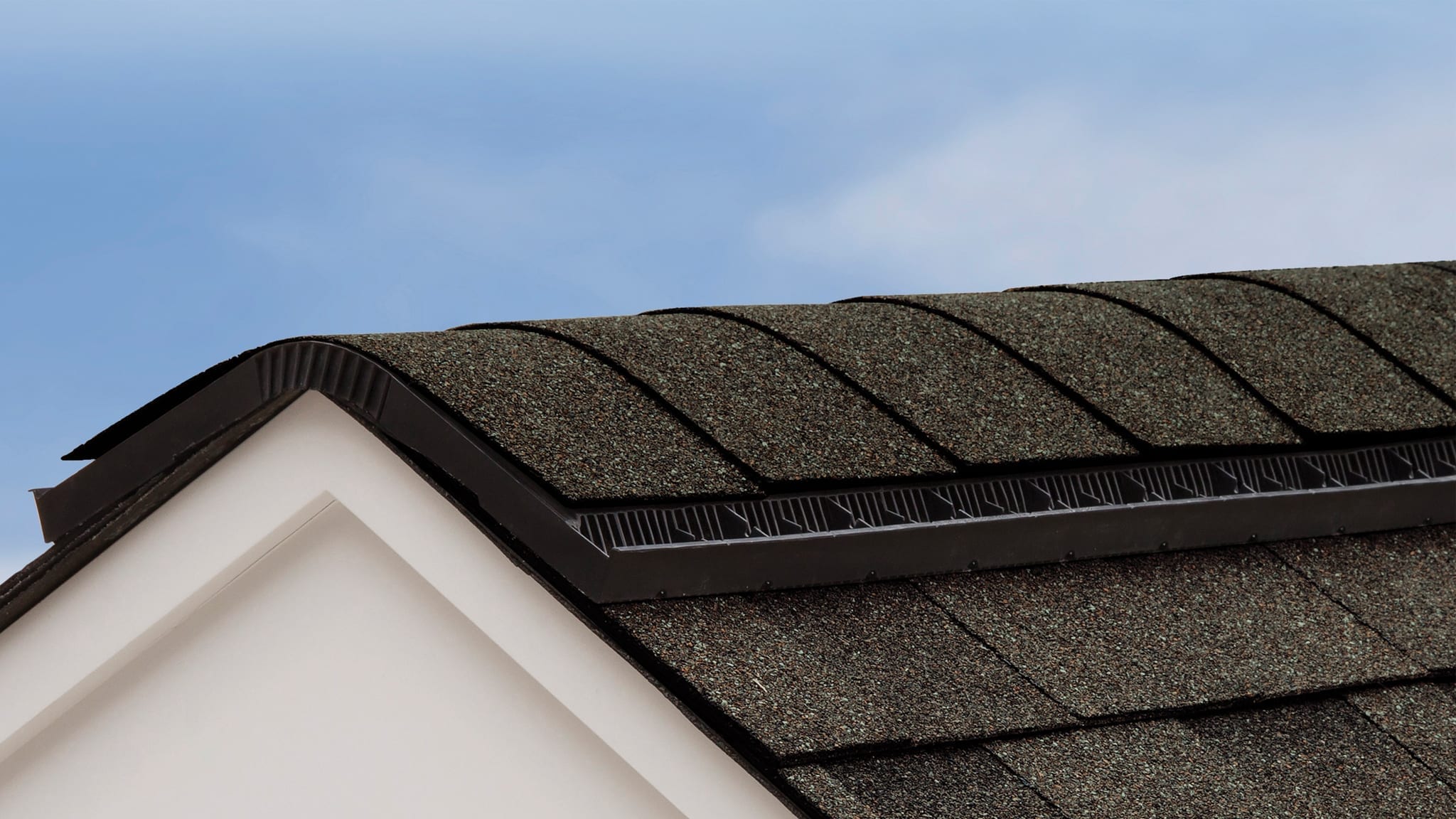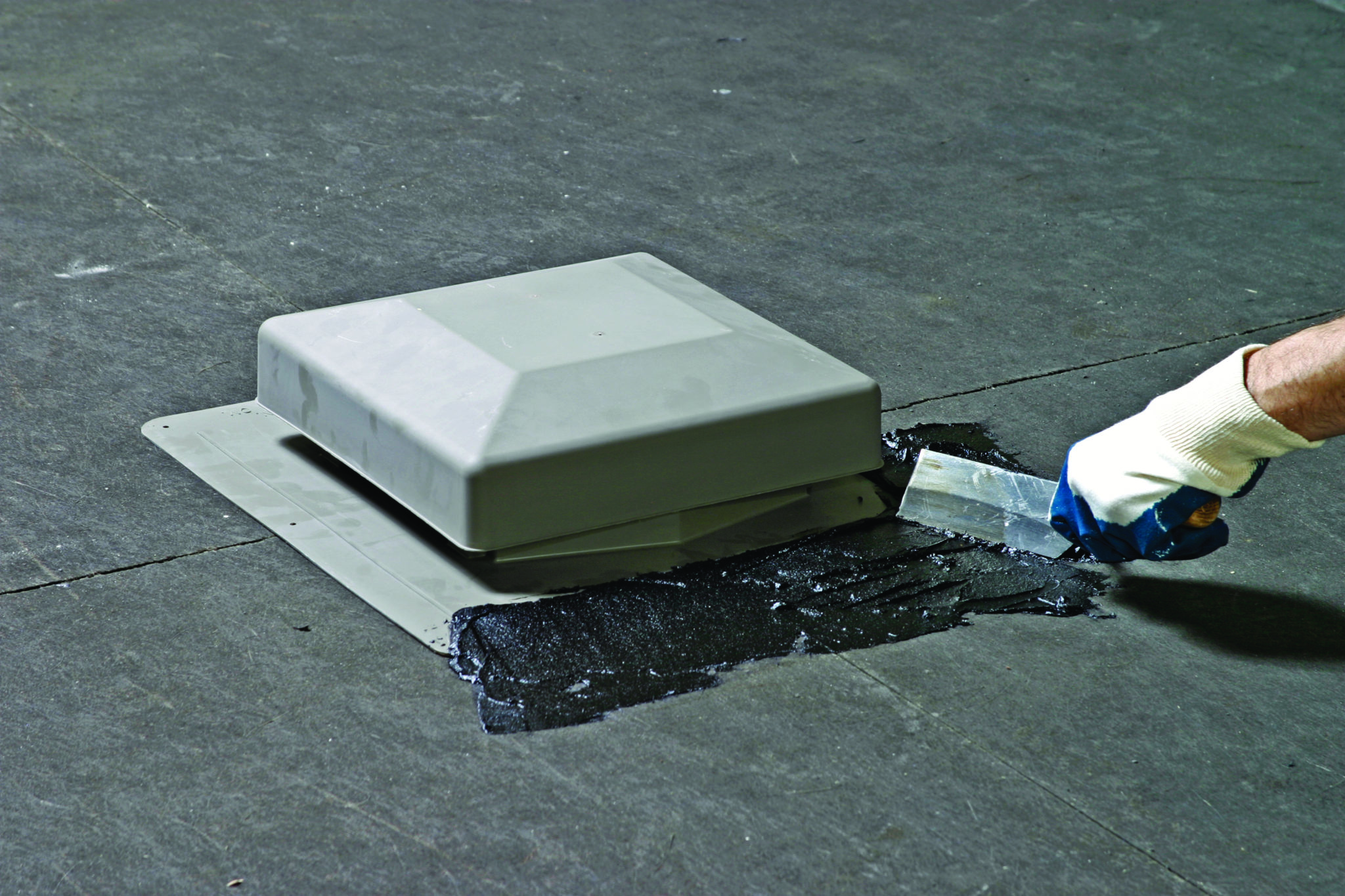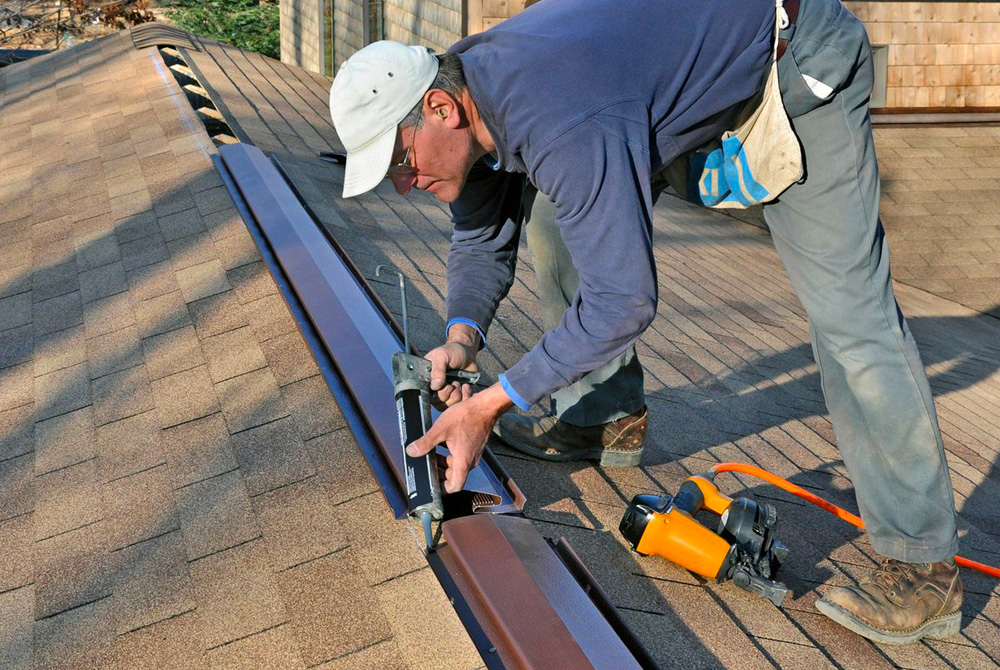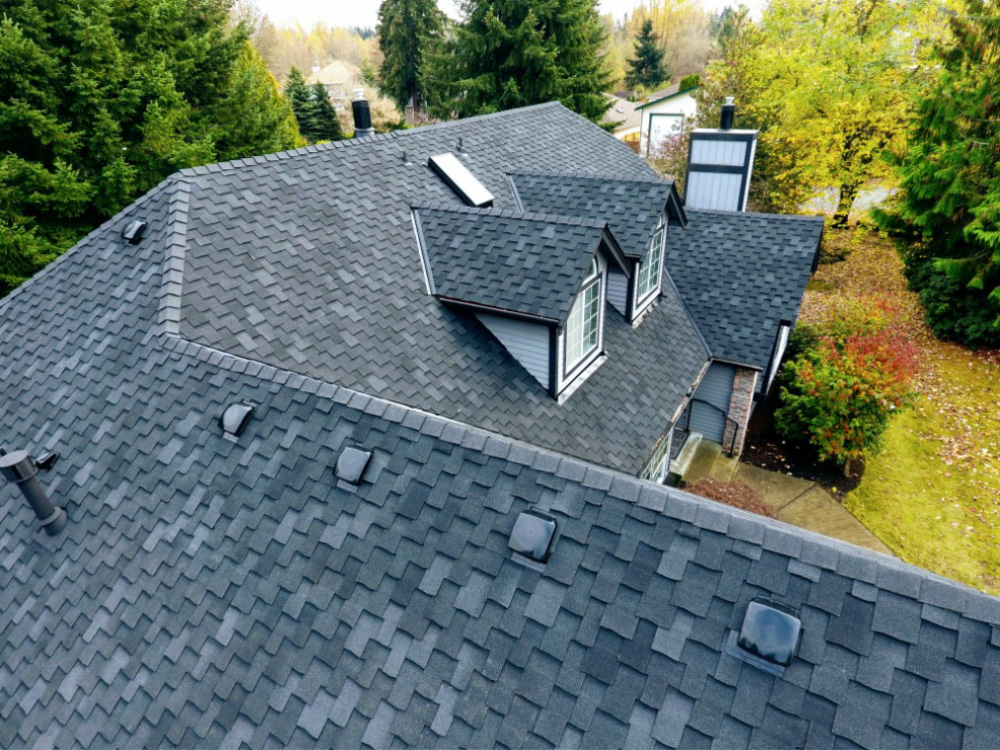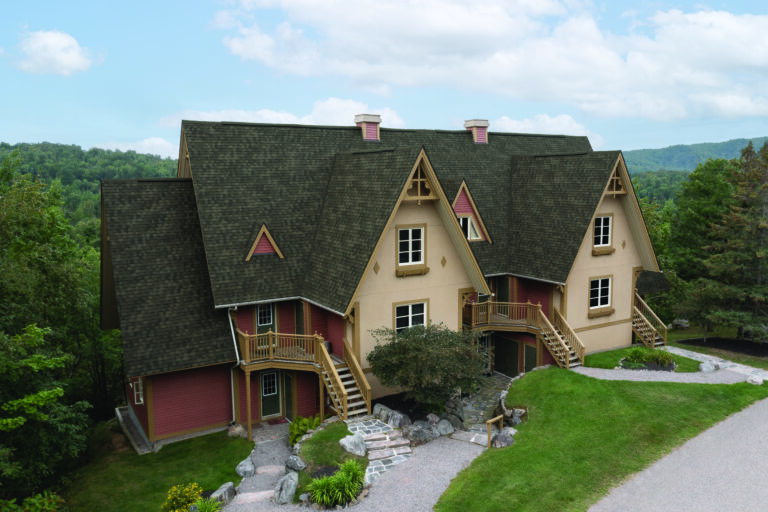Ridge Vents or Box Vents: Which Should You Use?
Ridge Vents or Box Vents: Which Should You Use?
Proper roof ventilation is critical to keep your roof and home healthy. While all homes should have soffit vents on the bottom of the roof, they also need to have another kind of vent near the ridge. Most homeowners typically choose between ridge vents and box vents. But which is better for your home? It depends on a few factors, including climate and roof slope. Let us walk you through what you and your roofer should consider when deciding between these two kinds of roofing vents.
- The Types of Ventilation
- What Is a Ridge Vent?
- What Is a Box Vent?
- Advantages and Disadvantages of Ridge Vents
- Advantages and Disadvantages of Box Vents
- Why Not Use Both Kinds of Vents?
- Choose Your Roof Vents Wisely
How Roof Ventilation Should Work
Understanding how roof ventilation is supposed to work and why it is important will help you understand these two types of vents better. Essentially, roof ventilation is meant to remove excess moisture and heat from your attic and roof so that neither will negatively impact the home. Breathing, cooking, showering, washing dishes and sweating all release moisture that rises and ends up in the attic.
If this moisture is not properly vented, then it will collect on the roofing materials, roof truss, attic insulation and potentially even structural wood of the home. This moisture may cause significant water damage and encourage the growth of mold. It may also negatively impact the life span of a roof, which is why most limited warranties from roofing manufacturers will not cover products installed on roofs that don’t have proper ventilation.
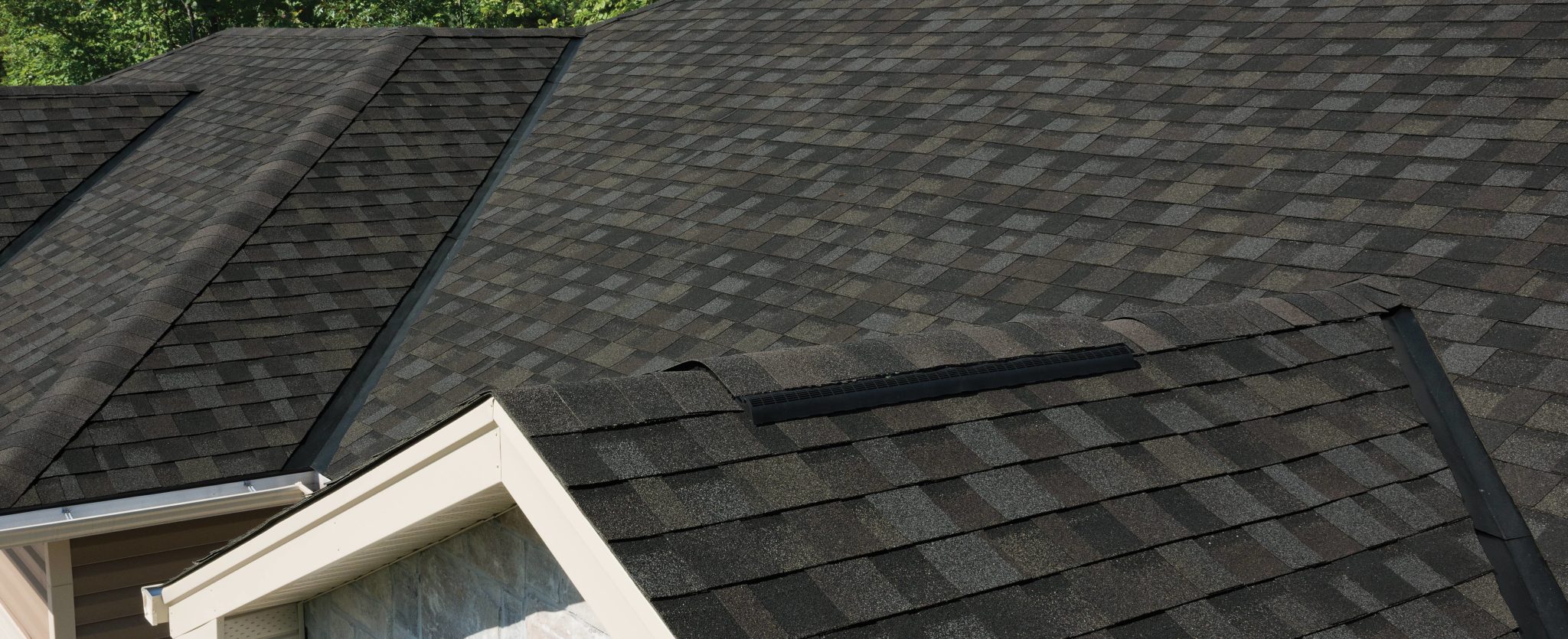
It is also important for your roof ventilation to release captured heat. This small amount of heat release shouldn’t affect the energy efficiency of your home too much. Instead, it should just be enough to keep your roof at the proper temperature. Ventilation, along with ice and water protector, is important to prevent ice dams.
Further, it is important to note that roof ventilation should refresh the air in the whole attic space. At the bottom of the roof, roofers install soffit vents. These act as air intakes, drawing new, fresh air into the attic space. The air moves up, and the air that was in the attic space is pushed out through the exhaust vents near the ridge. The exhaust vents can be ridge vents, box vents, turbine vents, powered roof vents, solar attic fans and more. In order to promote proper airflow, the amount of intake and exhaust vents must be balanced. Either they must be equal, or there must be more intakes.
It is essential to install all roofing vents properly.
The Types of Ventilation
There are three general kinds of ventilation:
- Natural: Simply providing vents in the right spot will often promote ventilation. Most roofs rely on natural ventilation, where the breeze outside draws air out of the exhaust vents, and this pulls fresh air in through the soffit vents.
- Mechanical: Using a powered fan, we can ventilate more air. Bathrooms and workshops typically have mechanical ventilation. However, it is not typically recommended for roofs, as it may actually draw snow and rain into the attic, damaging it.
- Mixed mode: In some situations, it may be necessary to combine both kinds of ventilation. It is best to avoid this on a roof, as it involves some degree of mechanical ventilation.
What Is a Ridge Vent?
A ridge vent is a long, continuous vent that runs beneath the ridge shingles along the peak or hip of the roof. Ridge vents are partly covered by the shingles and add height to them, which many people find to be an appealing look.
What Is a Box Vent?
A box vent is a static vent that protrudes up from the roof and is typically square-shaped like a box, though it may also be round. They are covered and have no moving parts. These vents may also be called louver vents. Roofers should install box vents right near the ridge or peak of the roof. They need to be integrated with the roof properly to prevent leaks and provide proper ventilation.
Advantages and Disadvantages of Ridge Vents
Ridge vents have many advantages, which may make them ideal for your roof. The advantages include:
- Location: These vents are installed directly on the ridge, so they are well-positioned to provide complete roof ventilation, as this is where the hottest air will collect (as heat naturally rises.) It is not possible to accidentally install a ridge vent too low as it is with a box vent.
- Length: Ridge vents run the entire length of the roof, and therefore each vent provides a lot of airflow.
- Appearance: Ridge vents do not stick out from the surface of the roof or interfere with its silhouette. They do raise the ridge, but most consider this to be appealing.
- Security: Animals cannot fit into the small grates of ridge vents, as the gaps are very small.
- Installation: Ridge vents can be simpler for roofers to install than box vents. You do not need to cut holes in existing roof shingles or cut underlayment to fit around ridge vents.
- Cathedral ceilings: If there is little room in the attic due to a cathedral ceiling, ridge vents are typically a good vent option. They will still function in these tight conditions so long as they have matching soffit vents below.
While ridge vents have many advantages, they are not always ideal. In cold climates, ridge vents can allow snow into the attic. They’re also more expensive than box vents and won’t work on all types of roofs.
Advantages and Disadvantages of Box Vents
Box vents also have many advantages, including:
- Snow: Box vents have covered tops and have less surface area than ridge vents. This means box vents are less likely to allow snow and rain into the attic. They are also less likely to develop ice and less likely to be blocked by snow buildup.
- Expense: Box vents are smaller and typically less expensive to purchase.
- Low slope: These vents will perform better than ridge vents on low-slope roofs.
- Roof shape: Box vents will work with all roof shapes. This includes pyramid roofs, which don’t have a ridge and therefore cannot have ridge vents.
- Location: While not as perfectly placed as ridge vents, roofers can still install box vents near the peak of the roof.
- Beauty: Box vents do protrude from the roof and can therefore interfere with its looks. However, most roofers install these vents on the backside of the home, so that they may not be seen if you’re looking at the home from the front.
Box vents are more common in cold climates because they have such strong advantages in snowy and icy conditions. On the other hand, box vents do not provide as much ventilation as ridge vents, and you typically need to install more of them to provide proper airflow. Box vents are also somewhat more challenging to integrate with the roof.
Why Not Use Both Kinds of Vents?
If both types of vents have so many advantages, why not install them both on your roof? Doing so is a mistake that actually undermines the quality of ventilation in your attic. When there are two kinds of exhaust vents installed on a roof, air skips over the intake vents. Instead, it tends to flow only from the box vent and out the ridge vent. This creates only a small pocket of ventilation at the very top of the roof and will fail to remove the required amount of moisture from the attic. This is also why your roofer should not combine a ridge or box vent with gable vents or any other kind of exhaust vent.
Choose Your Roof Vents Wisely
Proper roof ventilation is essential to protect your home from moisture damage and keep your roofing materials from premature failure. When you are making your choice, it may also benefit you to learn about other parts that make up a roof and how they work with the ventilation system.


